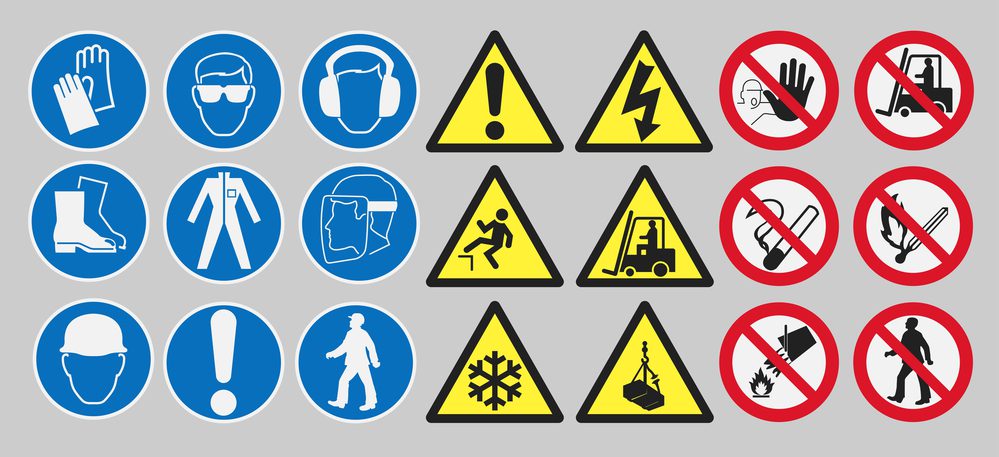Identifying Common Workplace Hazards: 20 Examples
There are many different hazards that can be present in the workplace in Australia, ranging from physical hazards such as slips, trips, and falls to chemical and biological hazards and psychological hazards such as stress and bullying.
It is essential for employers to identify these hazards and take steps to eliminate or minimize the risks to their employees’ health and safety. This includes providing appropriate training, safety equipment, emergency procedures, and ongoing monitoring and risk assessment.
Chemical Hazards
Many workplaces in Australia use hazardous chemicals which can cause injury and illness if not handled correctly. For example, inhaling toxic fumes or being exposed to skin irritants can lead to respiratory issues, burns, and even cancer.
Electrical Hazards
Electrical hazards are present in many workplaces and can result in electrocution or electrical burns. Faulty equipment or poorly maintained electrical installations can also cause fires.
Noise Hazards
Prolonged exposure to loud noises can cause hearing loss, tinnitus, and other related conditions. This is particularly common in industries such as manufacturing, construction, and entertainment.
Ergonomic Hazards
Poor ergonomics can cause musculoskeletal disorders such as back pain, shoulder pain, and carpal tunnel syndrome. This can be caused by repetitive motions, awkward postures, and heavy lifting.
Fire Hazards
Fires are a common hazard in workplaces, and electrical faults, flammable materials, and combustible materials can cause them. Inadequate fire safety measures and lack of emergency preparedness can increase the risk of serious injury or even death.
Biological Hazards
Workplaces such as hospitals, laboratories, and animal shelters can expose employees to harmful biological agents, such as viruses and bacteria. This can lead to illnesses such as respiratory infections, hepatitis, and tuberculosis.
Radiation Hazards
Workers in industries such as nuclear energy, medical imaging, and certain manufacturing processes may be exposed to ionizing radiation. Prolonged exposure can cause radiation sickness, cancer, and genetic damage.
Slip, Trip, and Fall Hazards
Uneven surfaces, wet floors, and cluttered walkways can cause employees to slip, trip, or fall. This can lead to broken bones, head injuries, and other serious injuries.
Machinery Hazards
Heavy machinery and equipment can cause serious injury or even death if not used correctly. This includes machinery with moving parts, such as conveyor belts, drill presses, and cranes.
Vehicle Hazards
Workplaces with vehicles, such as warehouses and construction sites, can pose a risk of collisions, falls from vehicles, and being hit by vehicles. This can lead to serious injury or even death.
Thermal Hazards
Workplaces with extreme temperatures, such as foundries and welding shops, can pose a risk of burns, heat exhaustion, and heat stroke.
Confined Space Hazards
Workplaces with confined spaces, such as tanks and silos, can pose a risk of suffocation, explosion, and other serious injuries if not properly ventilated and monitored.
Pinch Points and Crush Injuries
Pinch and crush injuries are dangerous as they can cause severe damage to tissues, bones, and nerves, often leading to long-lasting disability or even loss of limb.
Psychological Hazards
Workplaces can also pose psychological hazards like stress, bullying, and harassment. These can cause mental health problems such as depression and anxiety, as well as physical health issues such as high blood pressure and heart disease.
Working at Heights
Workers in industries such as construction and roofing are often required to work at heights. Falls from height can cause serious injury or even death if the proper safety equipment is not used.
Vibration Hazards
Prolonged exposure to vibration, such as from handheld power tools or heavy machinery, can cause a range of conditions, including Raynaud’s syndrome, white finger, and carpal tunnel syndrome. These conditions can cause pain, numbness, and weakness in the affected areas.
Manual Handling Hazards
Manual handling tasks such as lifting, carrying, and pushing heavy loads can cause back injuries, strains, and sprains. This can lead to chronic pain and long-term disability if not managed properly.
Working Alone Hazards
Workers who work alone or in isolated areas may be at risk of violence, harassment, or accidents. They may also be more vulnerable to medical emergencies or other incidents where immediate assistance is required.
Suspended Loads
The dangers of suspended loads lie in the potential for accidents and injuries caused by falling objects, which can result in severe harm to workers, damage to property, and even loss of life.
Ergonomics
Poor ergonomics can lead to a range of adverse health effects, including musculoskeletal disorders, chronic pain, and reduced productivity, as it places undue strain on the body and fails to support proper posture and movement.
Flying Debris
Flying debris poses a significant danger as it can cause severe injuries, such as cuts, punctures, and even eye damage, endangering the safety of individuals and potentially leading to long-term consequences.
WHS Compliance Auditing
WHS Audits will help businesses determine what legal responsibilities are being met and what areas have gaps in safety management.
Our WHS Compliance Auditing service is designed to ensure your business not only meets but exceeds the rigorous standards set for workplace health and safety.
Through a comprehensive review of your current practices, policies, and procedures, we identify potential gaps in compliance and provide actionable recommendations to mitigate risks. Our expert team stays abreast of the latest regulations and industry best practices, offering you peace of mind that your operations are safeguarded against potential liabilities.
Partner with us to foster a safer work environment, enhance employee well-being, and secure your company’s reputation as a leader in health and safety excellence!
ISO Certification
Achieving ISO accreditation from an accredited certification is a vital ambition for corporations looking to demonstrate their commitment to HSEQ performance.
Our ISO Certification service is tailored to guide your business through the intricate process of achieving and maintaining ISO standards compliance.
By leveraging our deep understanding of the ISO framework and industry-specific requirements, we offer a structured approach to prepare your organization for certification. From initial gap analysis to implementing process improvements and conducting internal audits, our team supports you every step of the way.
Let us help you demonstrate your commitment to quality, sustainability, and continuous improvement, setting your business apart in the competitive landscape.
System & Procedure Development
Management systems and procedures outline how the business manages its responsibilities and document how critical functions are performed.
Our Safety System and Procedure Development service is meticulously crafted to build robust safety frameworks tailored to your organization’s unique needs.
Recognizing the critical importance of workplace safety, we work closely with you to develop and implement comprehensive safety systems and procedures that not only comply with regulatory standards but also promote a culture of safety and responsibility. From risk assessments and safety planning to training programs and emergency response strategies, our expert team provides end-to-end support.
By partnering with us, you empower your business to minimize risks, protect employees, and enhance operational efficiency!
WHS Training & Gap Analysis
Legally, staff must be trained and competent to perform their jobs. As a rule, the amount and level of training should be directly proportional to the safety risk involved with the job.
Our WHS Training and Gap Analysis service offers a dual approach to fortifying your workplace safety and compliance.
Starting with a thorough gap analysis, we meticulously evaluate your current WHS practices against industry standards and regulatory requirements, identifying areas for improvement and providing clear, actionable insights.
By choosing our service, you not only elevate your compliance and safety standards but also empower your employees with the knowledge and skills to maintain a safe working environment!
Other Safety Services & Advice
Spire Safety can provide experienced and qualified safety professionals wherever and whenever you need them.
Understanding that each business faces unique challenges, we provide Other Safety Services and Advice tailored to your specific requirements. Whether you need assistance with ergonomic assessments, chemical safety management, mental health initiatives, or any other safety concern, our expert team is equipped to deliver.
We offer practical advice, innovative strategies, and hands-on support to ensure your workplace not only meets safety regulations but becomes a benchmark for best practices in your industry.
Partnering with us means gaining access to a wealth of knowledge and experience, dedicated to enhancing the safety, well-being, and productivity of your workforce!
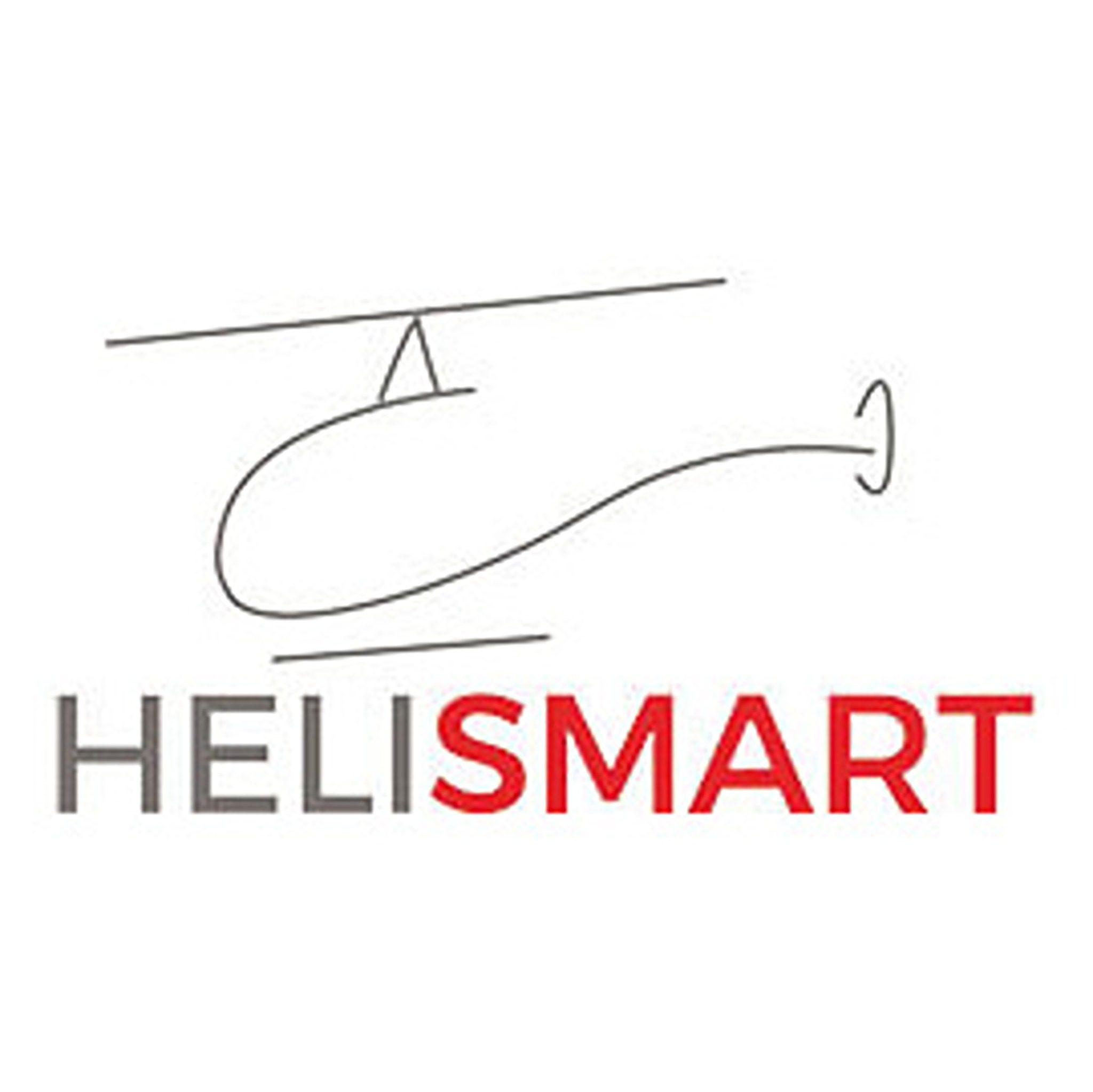

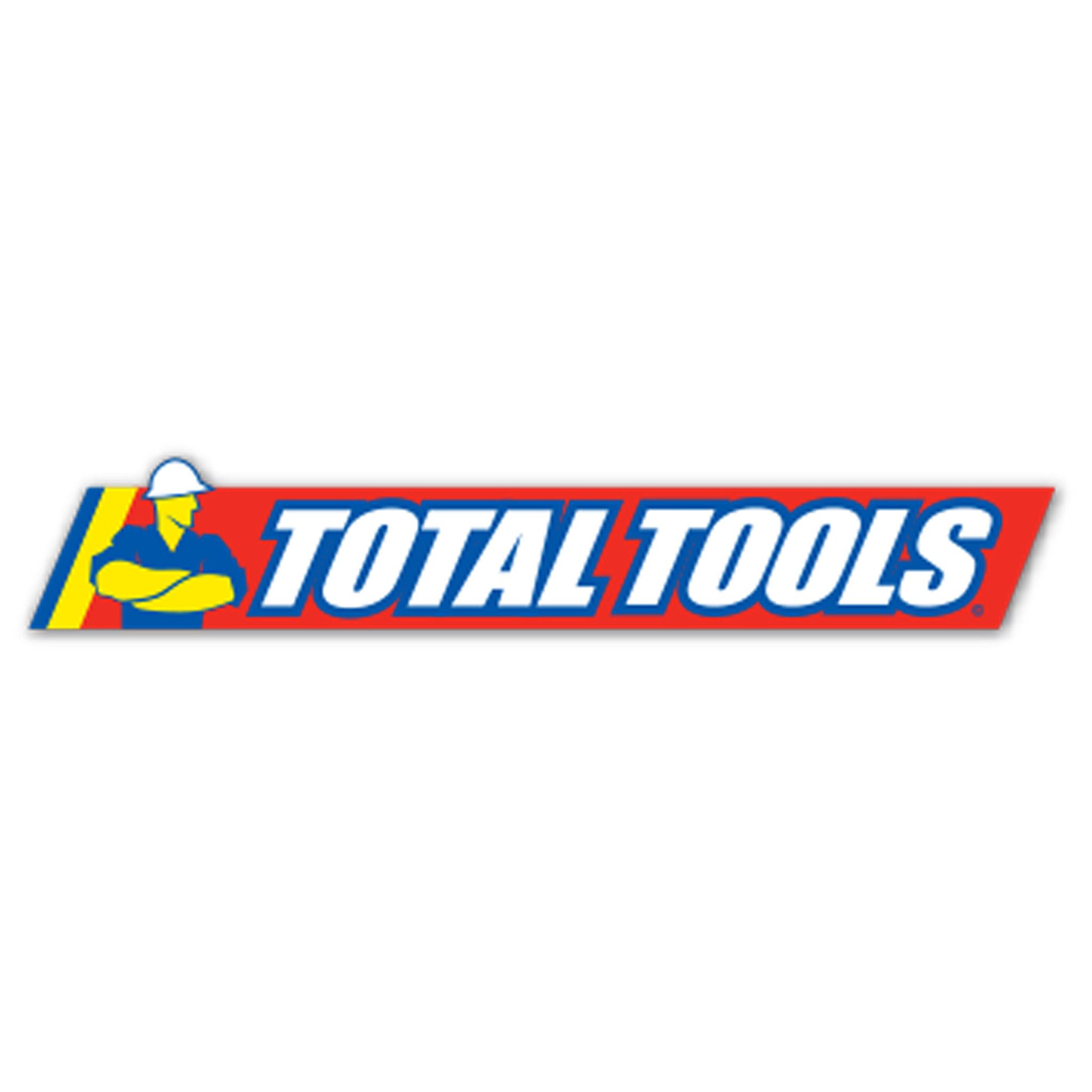
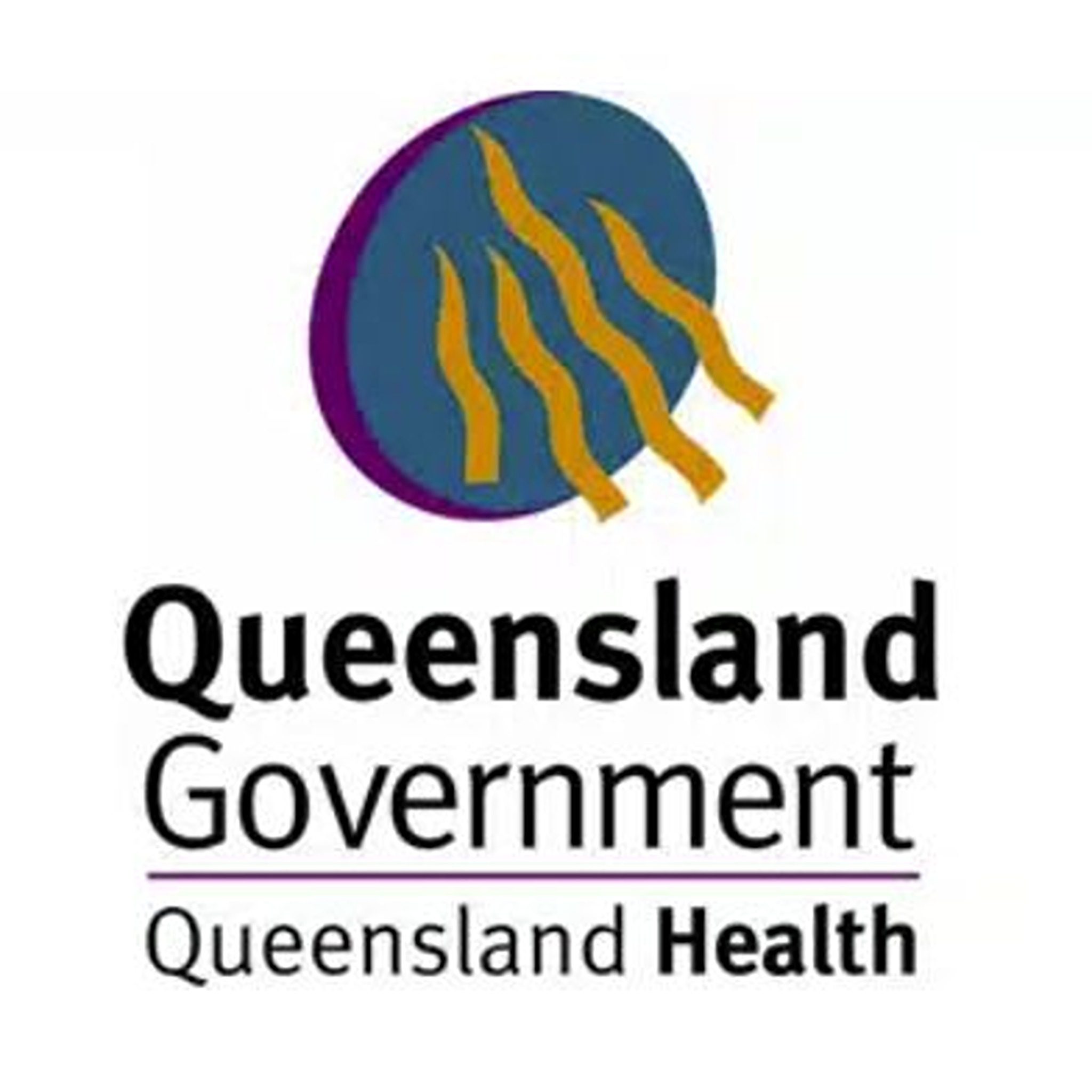





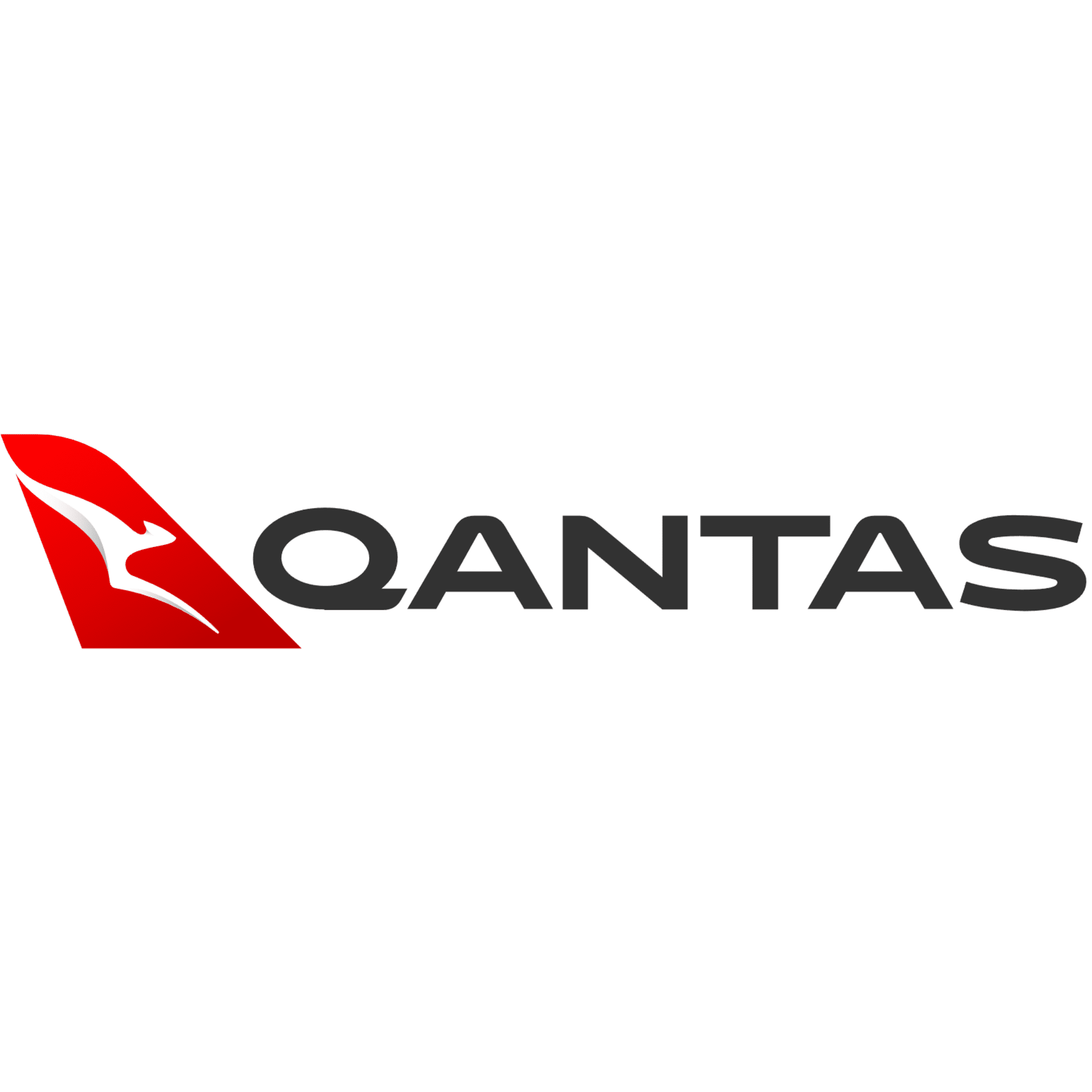
No matter the workplace, no matter the occupation, our consultants are passionate about providing quality advice to ensure the highest standard of compliance, safety culture and wellbeing within your organisation.
Our WHS services:
- WHS Compliance Auditing
- ISO Certification
- System and Procedure Development
- WHS Training and Gap Analysis
- Other Safety Services and Advice
We also offer engaging and interactive training programs suitable for a range of workplaces. All training is conducted by professionals, who are experts in their field and have the relevant training and assessing qualifications. Our training includes courses accredited by ASQA (Australian Skills Quality Authority) and non-accredited courses that can be tailored and specialised to meet our client’s needs.
We offer these courses in local workplace environments as well as through digital streaming services in Capital cities and also rural locations in between.

